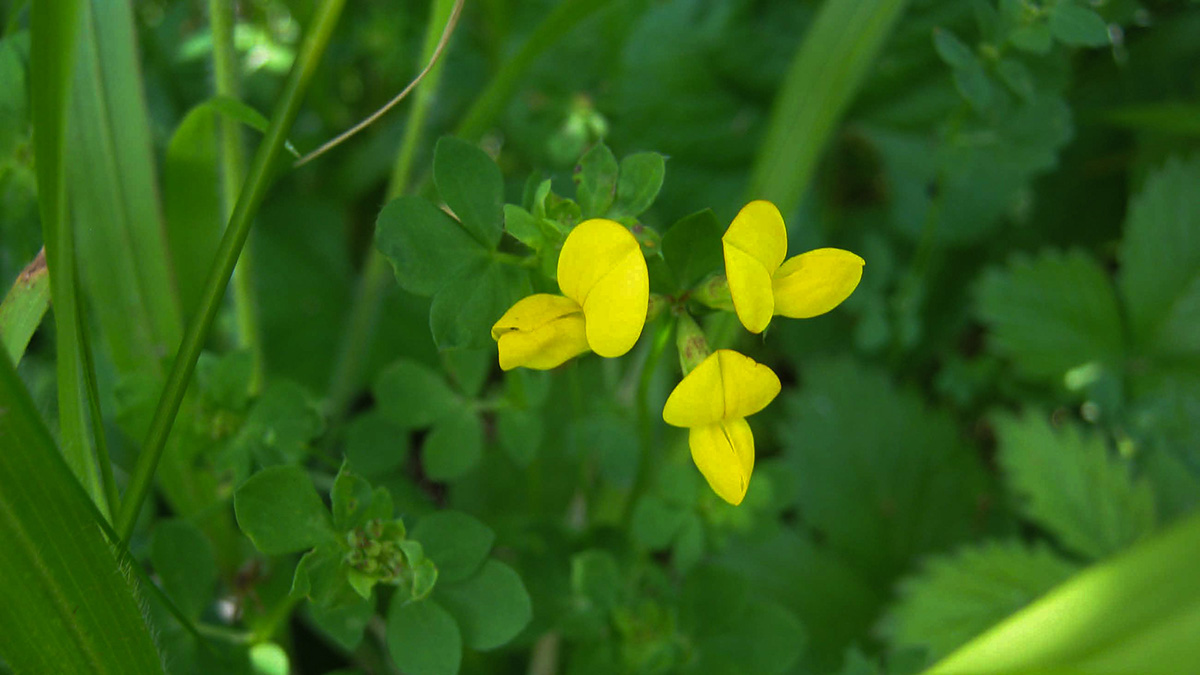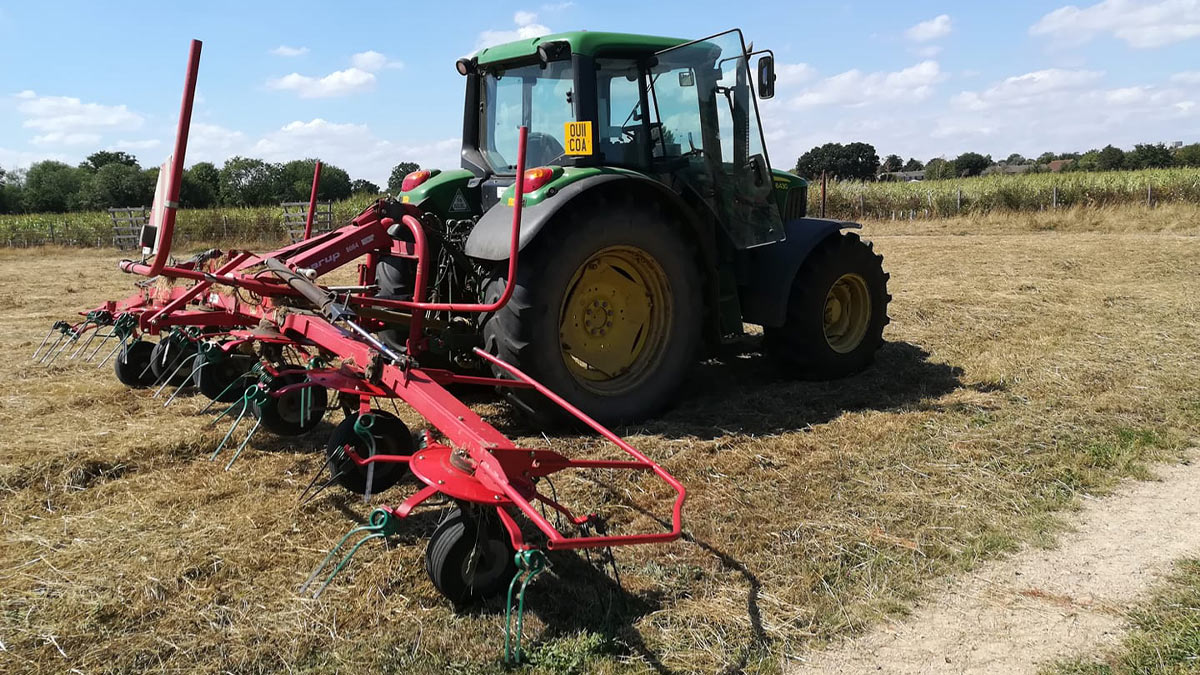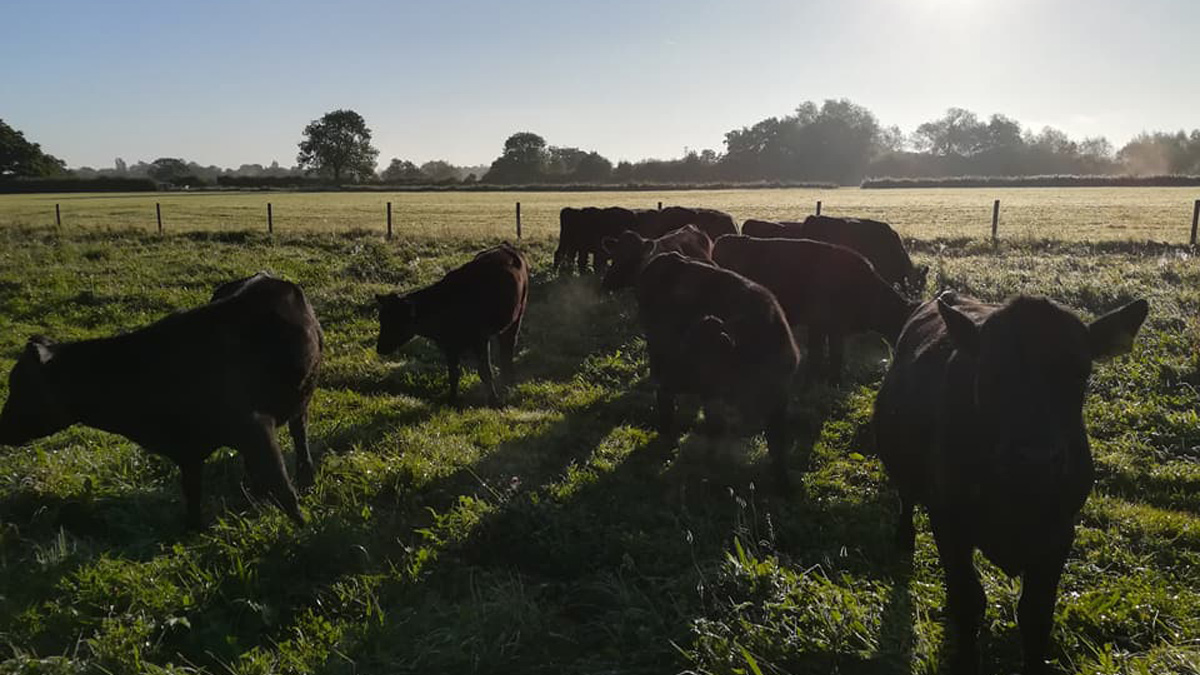Langley Mead has been the subject of an ongoing project to restore agricultural land back into the biodiverse landscape that once existed here. The aim is to create an area that provides a visually stimulating, attractive and educational environment for local people to visit and to enjoy, as well as habitats for a range of wild plants and animals to contribute to visual interest, amenity and environmental conservation.
The site is managed by the University to maximise the benefits for both wildlife and people.
The Langley Mead SANG extension is currently being delivered in phases, due for completion in 2026.
Langley Mead SANG plan
Langley Mead SANG extension plan


